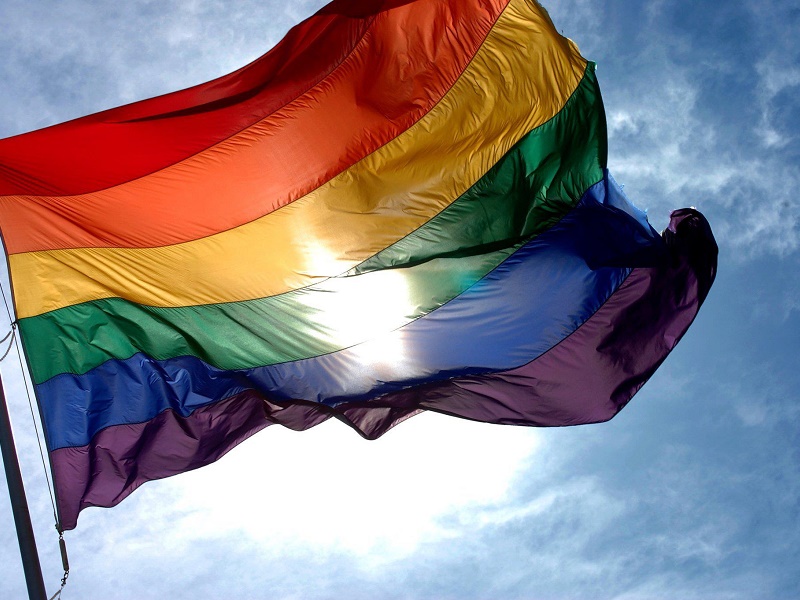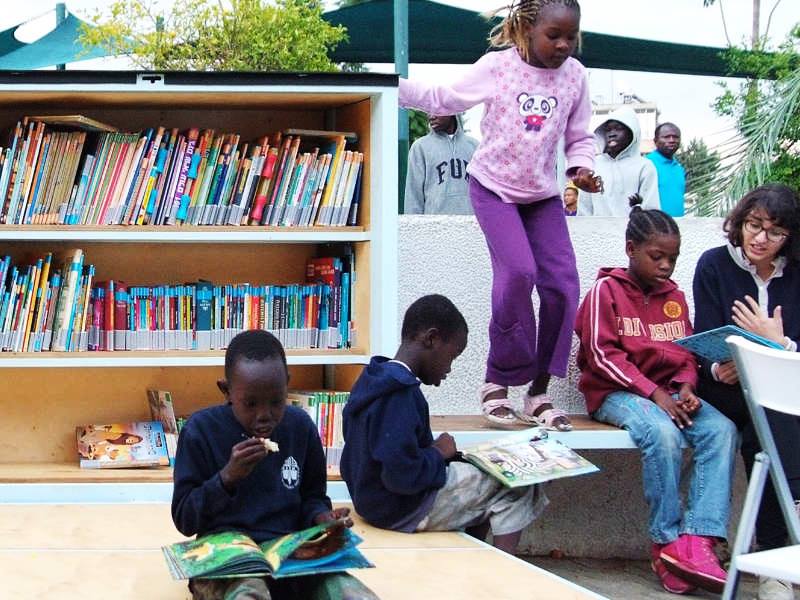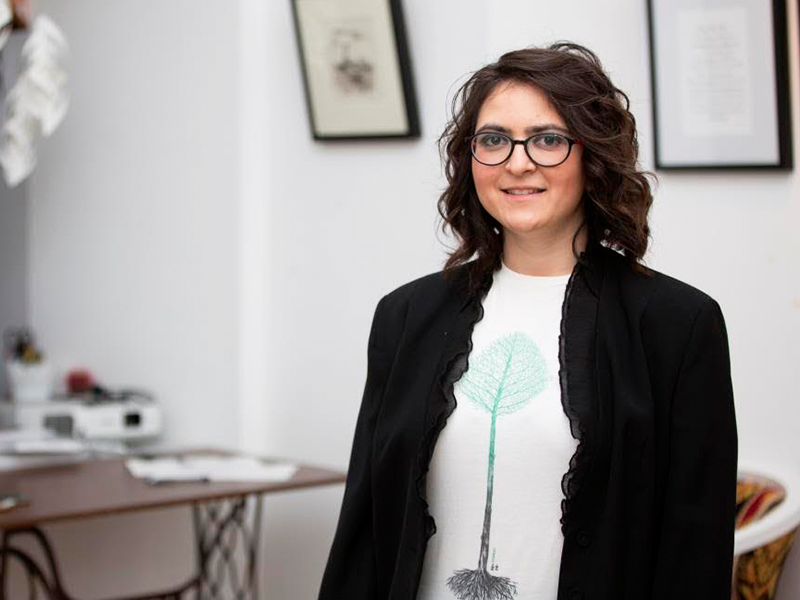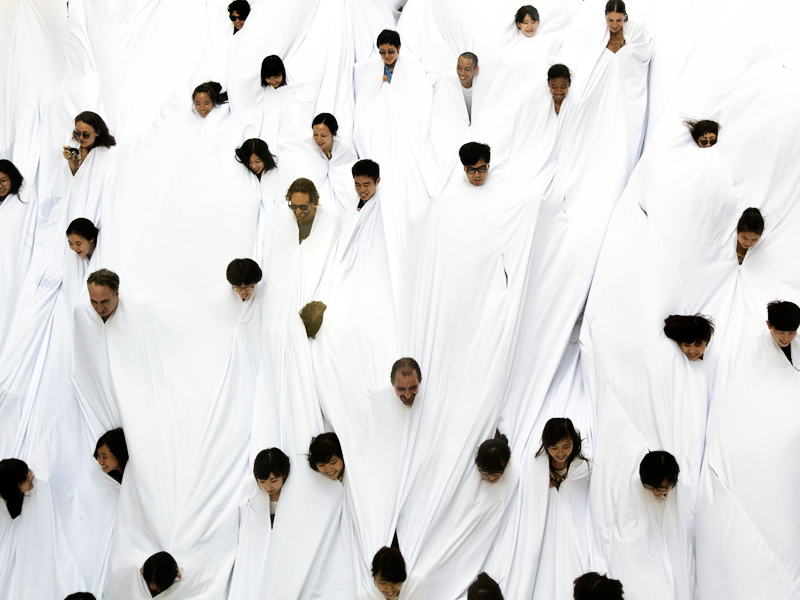
Museums of the Future: Seven Art Institutions to Learn From
Copernicus Centre, Warsaw
The idea for the Centre appeared in the 1990s, after a successful science picnic and festival. The implementation of the project was under way by early 2000s. Every year, in a space on the River Vistula in Warsaw, it receives more than a million visitors. Here, you can find hundreds of interactive exhibits which you can use to conduct scientific experiments yourself.
The Copernicus Science Centre was founded jointly by the City of Warsaw and the Ministry of Science and Higher Education of Poland. The institutions finance half of the Centre’s budget with their subsidies while the remainder of the budget is covered by ticket sales and patronage, and money from donors and partners. However, the institution cannot be described as a subsidised entity. Over the six years of its existence, it has brought in more than PLN 55 million (roughly USD 15 million).
The Centre’s main expense is, of course, exhibitions (42.6% of the annual budget in 2015), which have made the Centre one of the leading institutions in Europe. Slightly less money goes on maintenance of the space and the infrastructure (32.6%); an important area of its work is organising programme events (14.7%); and educational activities (8%).
There are seven permanent exhibitions at the Centre, in addition to the High Voltage Theatre and the Robotic Theatre. The Roots of Civilisation Gallery is a unique exhibition in Europe that combines the exact sciences and the humanities and evokes powerful emotions in visitors. The planetarium and the discovery park are also popular among guests. Two more exhibitions travel across Poland. In 2015 alone, they travelled to the regions almost 30 times.
The Centre also offers a workshop where visitors can try their hand at solving engineering, scientific and logical problems by using household items: paper, tubes, paper clips, balls and erasers. And all this without knowing the results in advance, without being marked or subject to any time constraints. Here, everybody has a chance to make a discovery.
The Centre is now witnessing many changes. The renovation process should take two years, and the first results appeared in March when the updated gallery, The World in Motion, opened. The new exhibits were made to order, and the old ones were improved to that they could be experimented with freely. Moreover, for the convenience of visitors, the Centre plans to re-do the visual information system, and modernise entrances, ticket offices, wardrobes and shops.

Georgian national museum
The Georgian National Museum is not a single institution, but a network of 14 museums in different cities around the country. They include the Tbilisi History Museum; the Museum of Georgia; history, archaeology and ethnography museums; the Georgia Museum of Art; and the Museum of Soviet Occupation. The organisation was established in 2004 and has since become a successful example of how an institution greatly influenced by Soviet museum management – or lack of it – can be transformed into a contemporary institution “for the people”. The network is headed by the archaeologist and professor David Lordkipanidze.
In addition to state funding and revenue from the museums’ activities, the institution receives the support of donor organisations, which include UNESCO, the embassies of the US, France, and Germany and several foundations, specifically, the Shota Rustaveli National Science Foundation, DVV International, the Open Society Georgia Foundation and the Eurasia Partnership Foundation.
The extensive system of museums focuses not only on preserving the historic memory of Georgia but also on fundamental research, lifelong learning and communication with people. Georgian museum professionals are focused on scientific research and developing tourism. Their main mission is the preservation, interpretation and accessibility of museum treasures – exhibits and knowledge. In particular, this has to do with knowledge about the history and culture of the Georgian people. In fact, the updated structure has sought to put forward people and invested in developing the country’s tourism potential.
The article was drawn up in cooperation with the EU-Eastern Partnership Culture and Creativity.
Read more at http://culturepartnership.platfor.ma/muzeynipraktiky/




